Stellantis’ battery-making joint venture with LG Energy Solution – NextStar Energy – has started battery module production at its new Windsor facility in Ontario, Canada.
It is the first large-scale EV battery manufacturing facility in Canada and will have an annual production capacity of 49.5 GWh when fully operational, according to Stellantis, equal to enough batteries for 450,000 EVs per year.
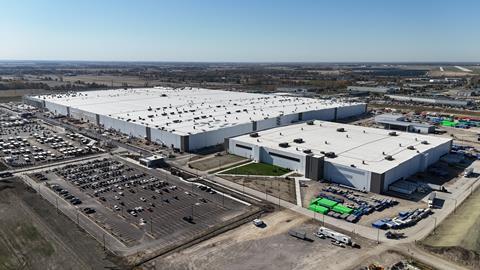
Work began on the 93-hectare gigafactory in 2022.
“We are thrilled to begin battery module production at NextStar Energy, which is a pivotal landmark for our operations,” said Danies Lee, CEO of NextStar Energy. “This successful launch is a reflection of our team’s expertise and dedication to innovating world-class energy solutions right here in Windsor.”
NextStar Energy is also building a cell manufacturing facility adjacent to the battery module assembly plant, which is due for completion in 2025. Until then cells are being delivered from LG Energy’s facility in Wrocław, Poland.
NextStar has so far hired 450 of the projected 2,500 local jobs available for full production.
Stellantis said the start of module production is NextStar Energy’s most significant operations milestone yet and demonstrated its commitment to becoming an industry leader in North America battery technology and production.
Stellantis has not confirmed to which assembly plants the battery modules are being shipped or in which EVs they will be installed. Stellantis has plans make battery EVs account for 50% of passenger car and light-duty truck sales in the US by 2030. Among the EVs the carmaker has planned are the Chrysler Halcyon sedan and the Jeep Wagoneer S. It said in September this year that it will invest $235m in its Sterling Heights assembly plant to turn it into the carmaker’s first North American EV truck factory. The electrified Dodge Ram 1500 REV launches this year.
The launch of production comes at a time when battery and EV production targets have been scaled back in some areas, in the face of slower-than-expected EV sales. In Canada this led Umicore to suspend construction of its planned 35 GWh battery materials production plant in Ontario, which was to supply cathode material to battery maker AESC, which in turn is supplying BMW with cells for its battery manufacturing facility in Woodruff, South Carolina. Undeterred, BMW said it is in exchange with its suppliers and will “build up a resilient supply chain for the future high-voltage battery assembly at the new Woodruff location”.
Stellantis is pursuing its own joint venture battery investments around the world. It is already working on two plants in the US state of Indiana as part of a joint venture with Samsung SDI.

In Europe it is a joint owner of Automotive Cells Company (ACC) in Europe, with Mercedes-Benz and TotalEnergies’ subsidiary Saft. However, plans for two of the three ACC plants have been paused as ACC weighs up shifting to lithium iron phosphate (LFP) batteries, rather than the previously planned lithium-ion battery cells and modules.
Earlier this year Stellantis Ventures invested an undisclosed amount in Tiamat, a sodium-ion battery company based in France.







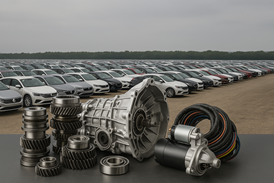


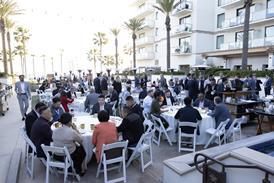







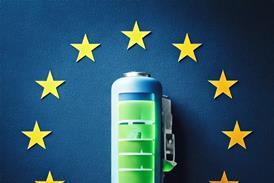







![Global[1]](https://d3n5uof8vony13.cloudfront.net/Pictures/web/a/d/s/global1_726550.svgz)

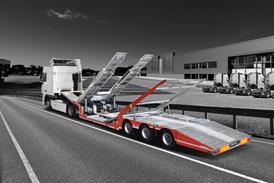

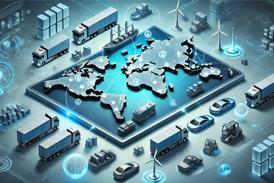
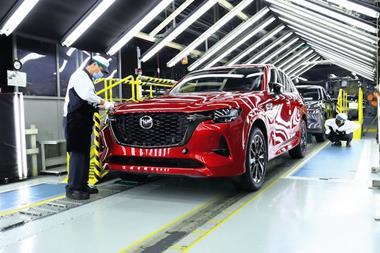
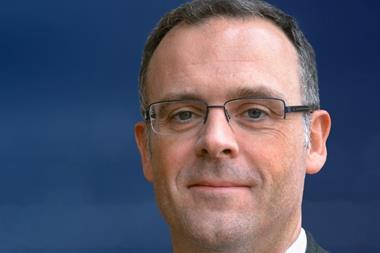







No comments yet